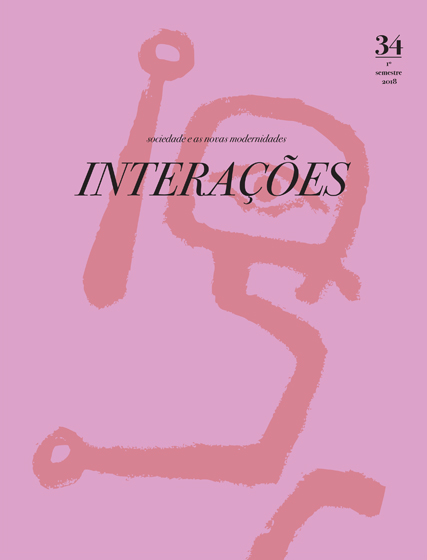Sustainability of the Black Press as Social Justice: A Digital Technology Gap Study
DOI:
https://doi.org/10.31211/interacoes.n34.2018.a7Keywords:
Internet, journalism, black press, African-American newspapers, Afro-newspapersAbstract
The National Newspaper Publishers Association (NNPA) enlists a total of 157 members - publications directed to the African-American community in the United States. There is currently no research on how these publications have adopted technology through time, or if the adoption of new media contributes to their growth and survival in the publishing industry. In Florida, The Weekly Challenger, Daytona Times and Florida Courier, three of 13 historical newspapers, are connected in history and structure and show different types of survival methods. How have these publications adopted technology through time? What types of trends are reflected in these newspapers? What challenges are faced by the Black community weeklies? To answer these questions, the authors conducted case studies employing participant observation, lengthy interviews, historical research and qualitative questionnaires. A significant finding of this research demonstrates the difficulty to get responses due to suspicion and intimidation from the targeted audience. These newspapers struggle with a diminished workforce who lack professional and technical training and must perform multiple roles. Findings also show that 14 of the newspapers listed as current NNPA members are not currently in circulation and that the publications' pattern of adoption is not planned, but a consequence of availability and chance.
Downloads
Downloads
Published
How to Cite
Issue
Section
License
The copyright of published works is retained by the author who grants Interações the original publication right. The published article can be used freely for educational, non-commercial purposes, in accordance with the Creative Commons License - Attribution-Non-Commercial 4.0 International, provided that the author, the title of the article, the title and number of the journal are cited together with the URL or DOI of the article.



